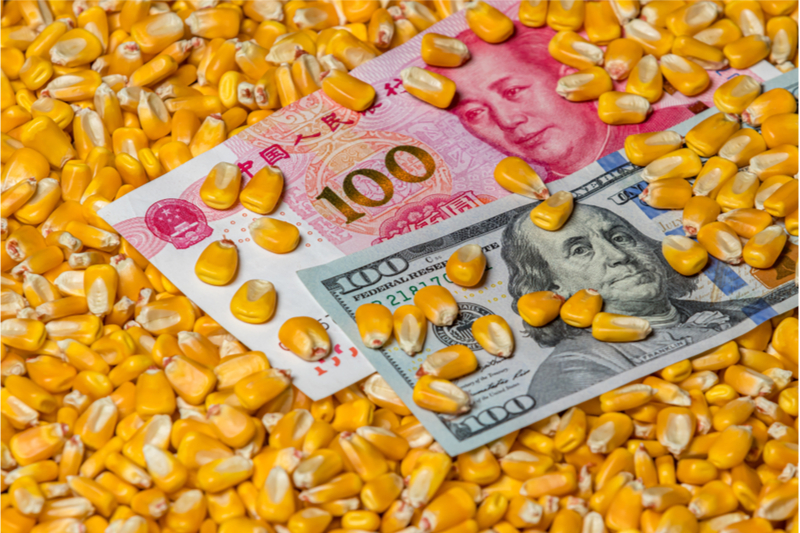It’s a recipe for trouble: COVID disruptions are pulling refrigerated containers away from food production areas. Twice this year, outbreaks stymied U.S. food shipments to China. Tariffs are still taking a bite out of ag sales. Trade tensions with China remain high. Trade negotiations with the EU are intensifying. And the presidential election could reset the entire equation in less than two weeks.
To put the myriad issues faced by U.S. food exporters in perspective, FreightWaves interviewed Washington, D.C.-based Peter Friedmann, executive director of the Agriculture Transportation Coalition (AgTC), during the Cold Chain Summit on Friday.
Containerized exports from China have flooded into U.S. ports over the past three months. The growing problem: getting enough empty containers back to China for refills.
U.S. food exporters shipping goods in reefers (refrigerated containers) face the same equipment challenge, albeit in the opposite direction. “We have been dealing with this problem since COVID began,” Friedmann confirmed.
“We need those refrigerated empty containers in the places where agriculture is sourced, places like the Midwest. When refrigerated containers come in with shrimp or other products we import, they tend to go to where everybody lives, which is the coastal states. They’re unloaded in New York/New Jersey, or Los Angeles/Long Beach, and they tend to stay there.
“Can you imagine when you have to reposition an empty refrigerated container from New York/New Jersey all the way to Junction City, Kansas? It’s very expensive. And who actually pays for that? U.S. exporters.”

